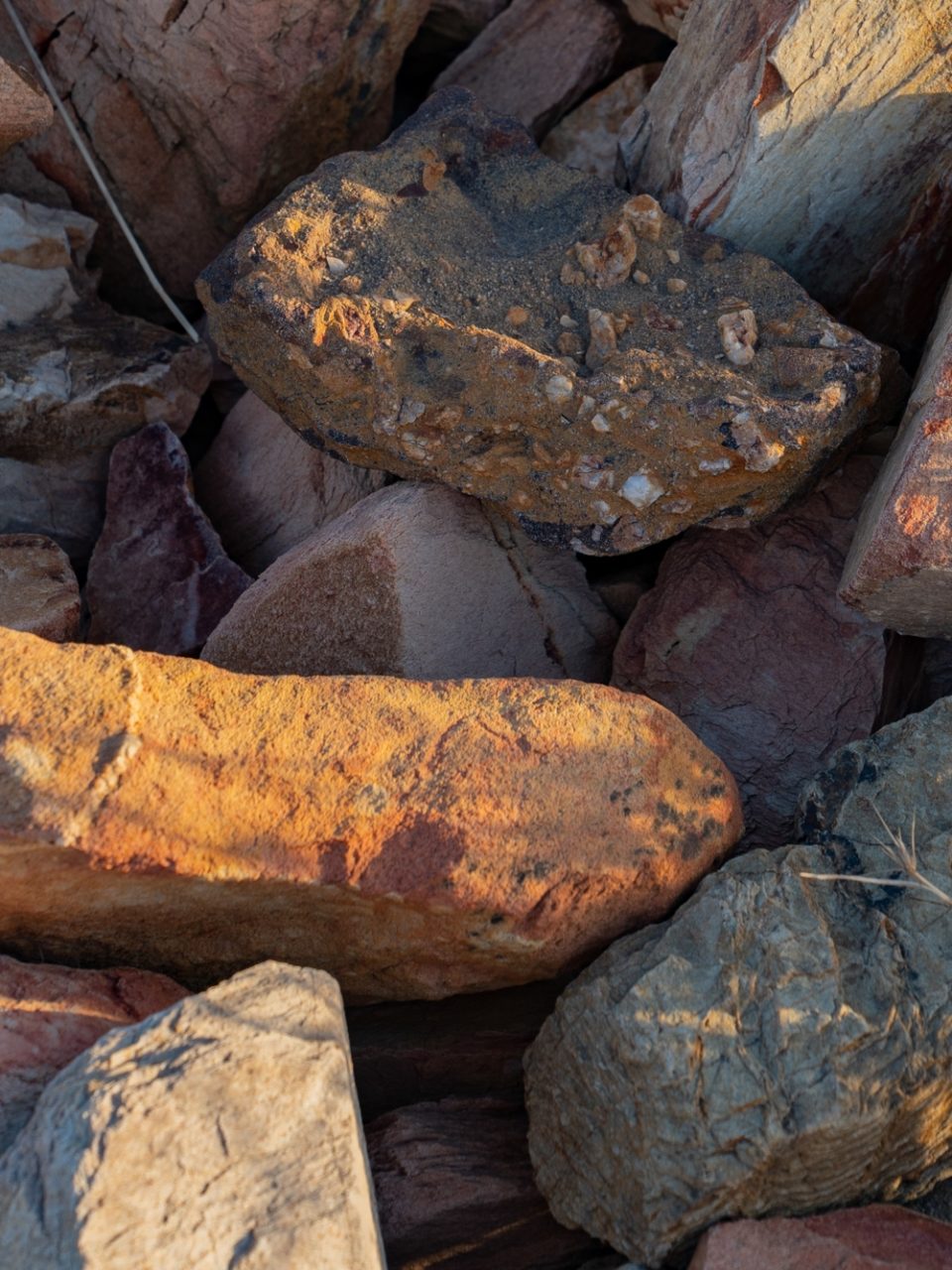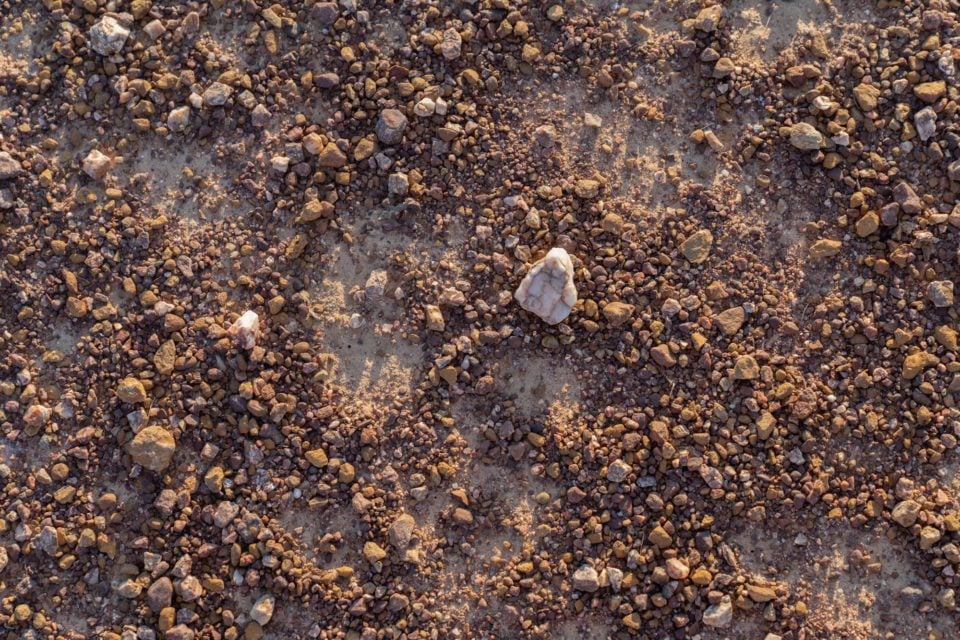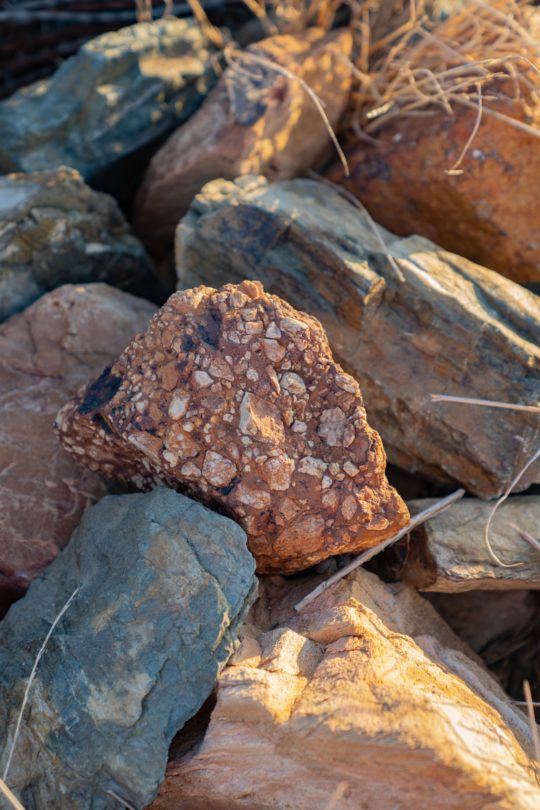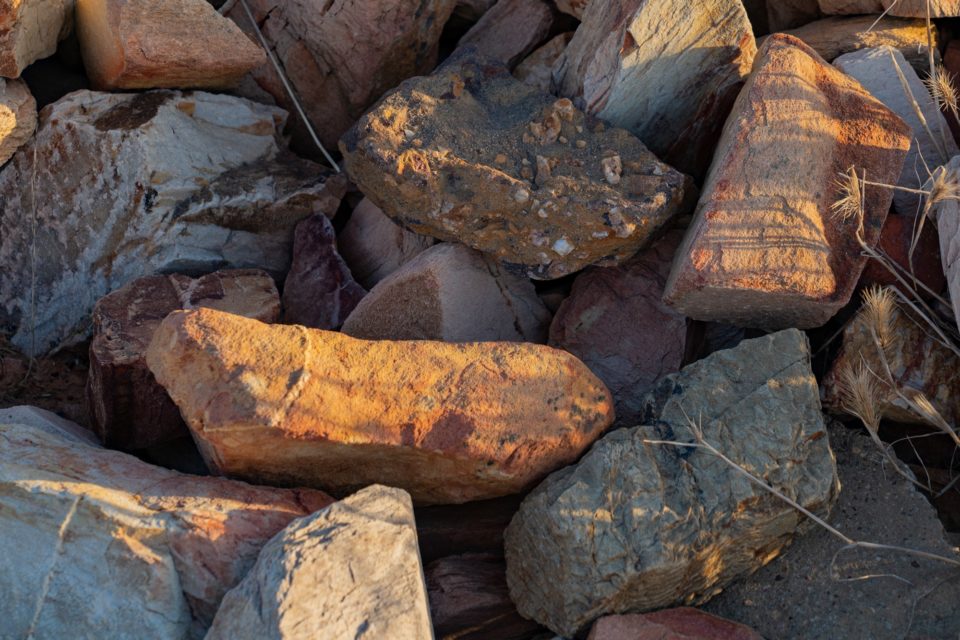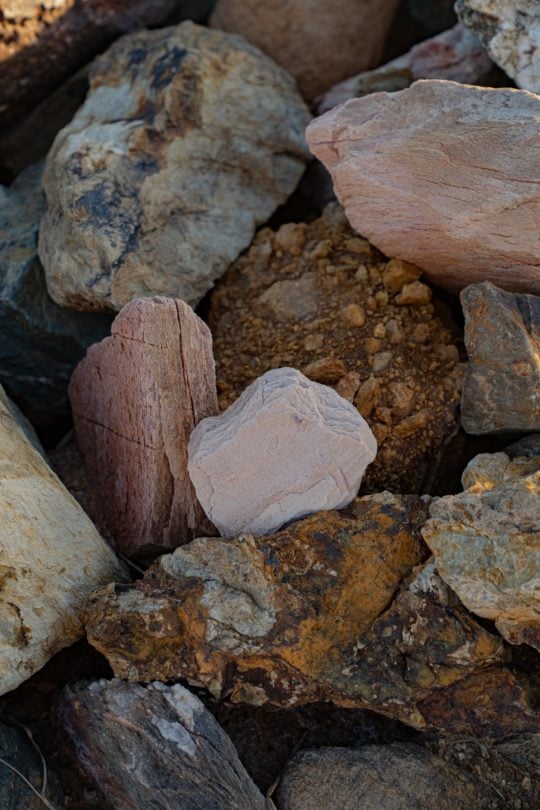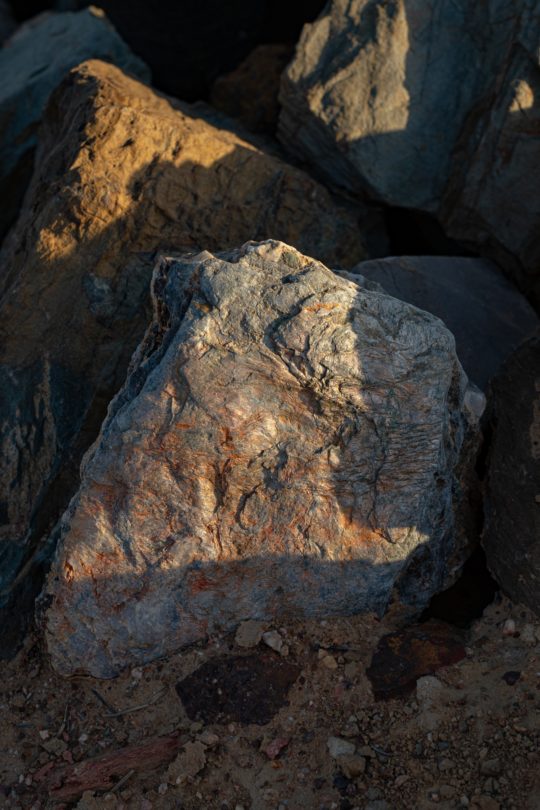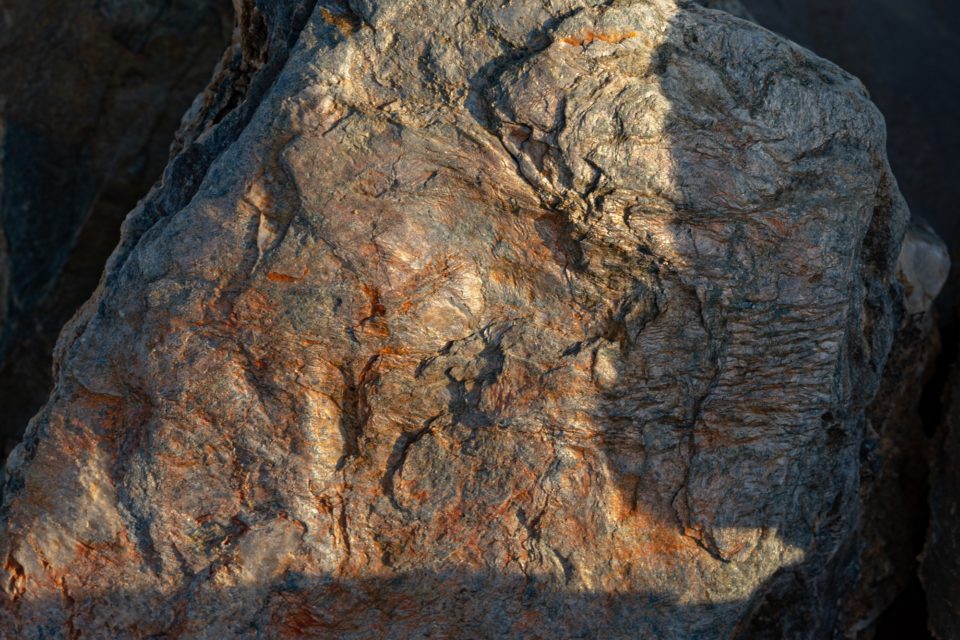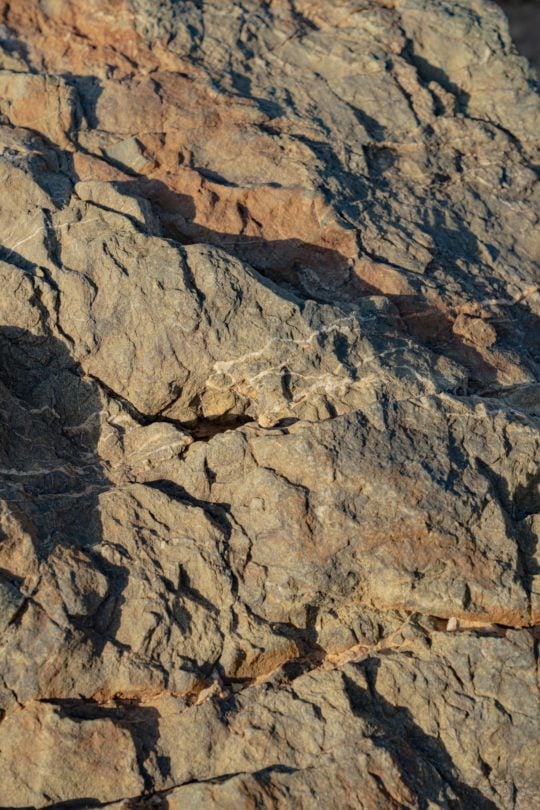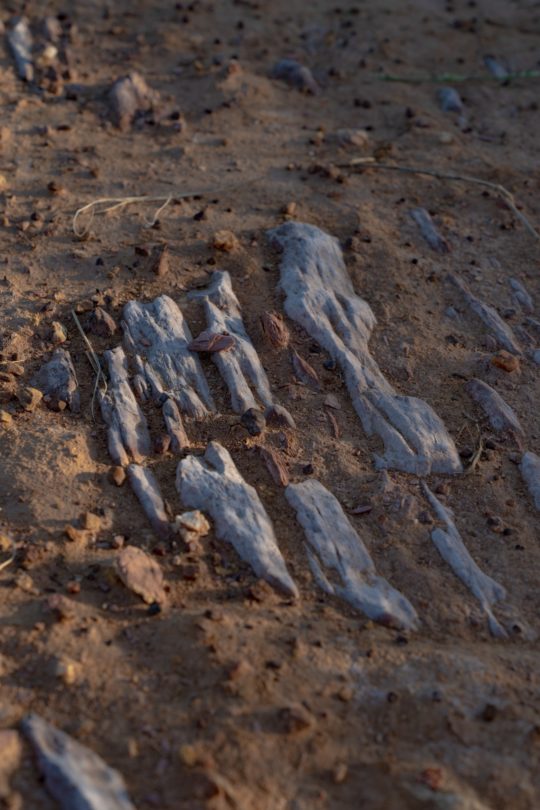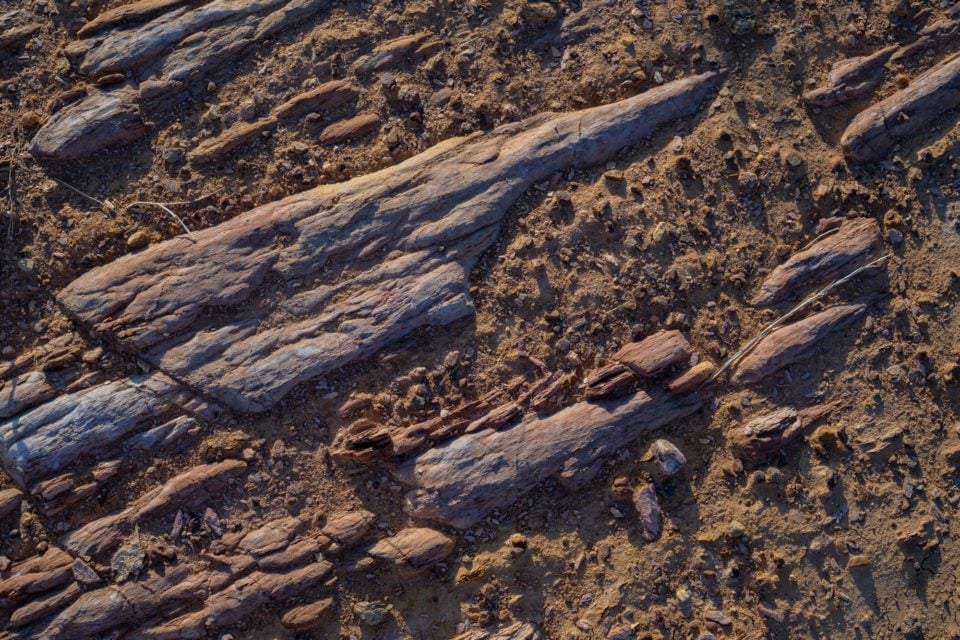COLOUR UNDERFOOT: MUSINGS ON THE HUES OF ROCKS
Musings on the hues of rocks.
In her book Rooted, author Lyanda Lynn Haupt writes about ‘wandering’.
She delves into the significance of walking in nature, stressing the importance of wandering outdoors without shoes. Apart from the biological benefits this has, she notes that when you go barefoot, you’re more focussed on the act of walking. Your awareness shifts to your footfalls. You focus more on where you tread, and in so doing, you invariably notice your surroundings differently than when simply meandering, leather-shod.
One afternoon, on one of my own barefoot ‘wanders’, I carefully traversed a trail I’ve been walking most afternoons. This time, as I slowed my pace to avoid sharp stones and thorny shrubs, I noticed the blue tones of the shadows cast by the rocks. Just then a white stone, veined with salmon wrinkles, caught my eye. As I stooped down to pick it up, I noticed a myriad of other rocks strewn about. Tiny droplets of colour.
I decided to set out on a pigment hunt.
To see how many different tones of stone I could unearth. Along my hour-long walk I found a spectrum of shades that could satisfy any fine artist’s colour wants. Yellow and ochre, gold and orange, copper, salmon, rosy pink, burgundy, purple, blue, silver, even green. The more I looked, the more I found.
What I consider enchanting about my treasure hunt, is that those colours could impart tales about the environment. The minerals within the rocks would reveal their chemical elements–organised into ordered structures–which determine their colour.
Like all objects, the colour we observe is caused by the wavelengths of light, absorbed or reflected by the element’s atomic bonds. How exciting to think that when we investigate a rock, what we observe as colour, is light. What’s more, the sediment formed from layers of silt, plants and skeletons centuries before, gives a glimpse into the past. From this perspective, the earth below becomes a galaxy, the cosmos beneath our feet…
From all the stories of Mars, I already knew that my red and burgundy rocks must contain oxidized iron, suggesting the presence of water at some point. Through further reading I learnt that those pink stones are likely caused by feldspar (silicate minerals, containing sodium, calcium or potassium). The yellow and blues are still an exciting mystery for me to solve.
Like a painter’s vibrant allegory, nature tells her epic through colour too. Her canvas with its wondrous pigments, a capsule of time, revealing mysteries like the expanding universe.
A chronicle of what was, what is and perhaps even of what will come.
In a way, this barefoot stroll opened an entire new world that I’m keen to explore deeper. A lesson in science through a colourful artistic lens. But it’s also changed my perspective, my perception. I wandered out barefoot and ended up stepping on stars. Glancing back in time, when life turned to carbon and magma to stone.

